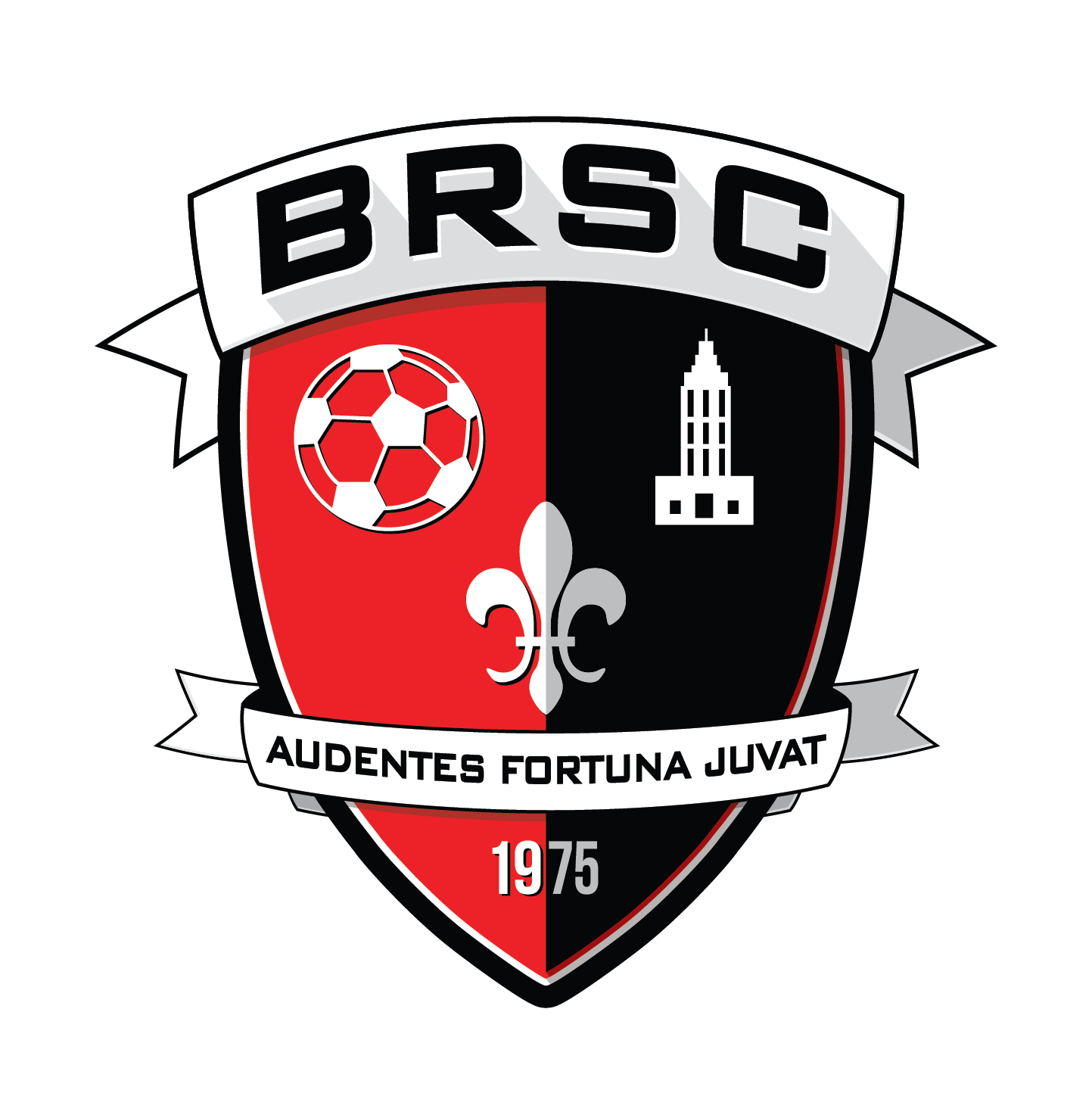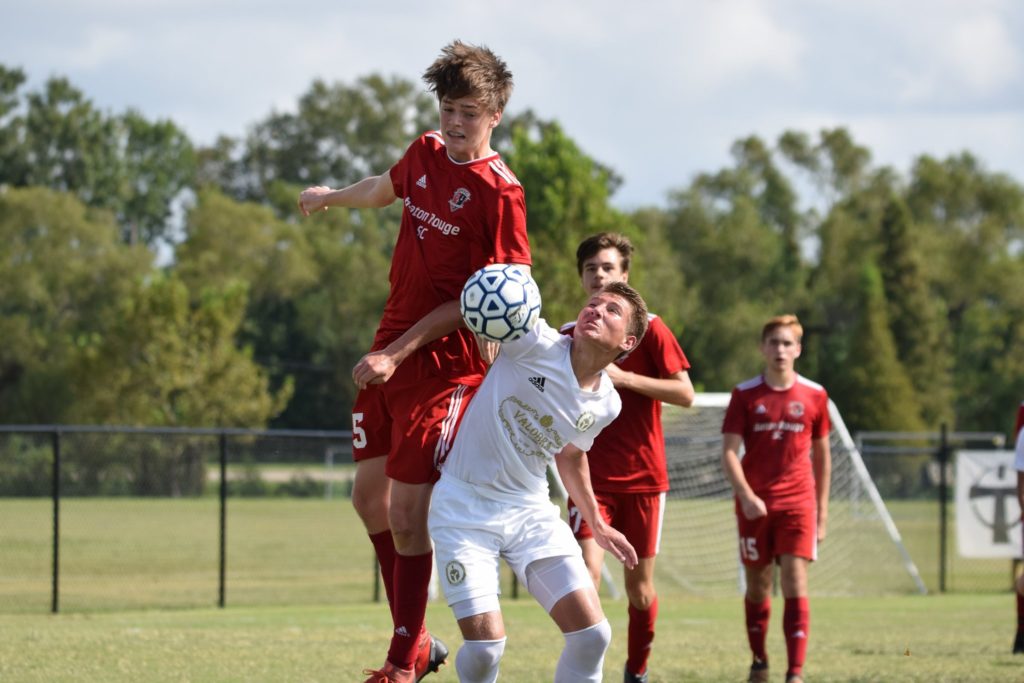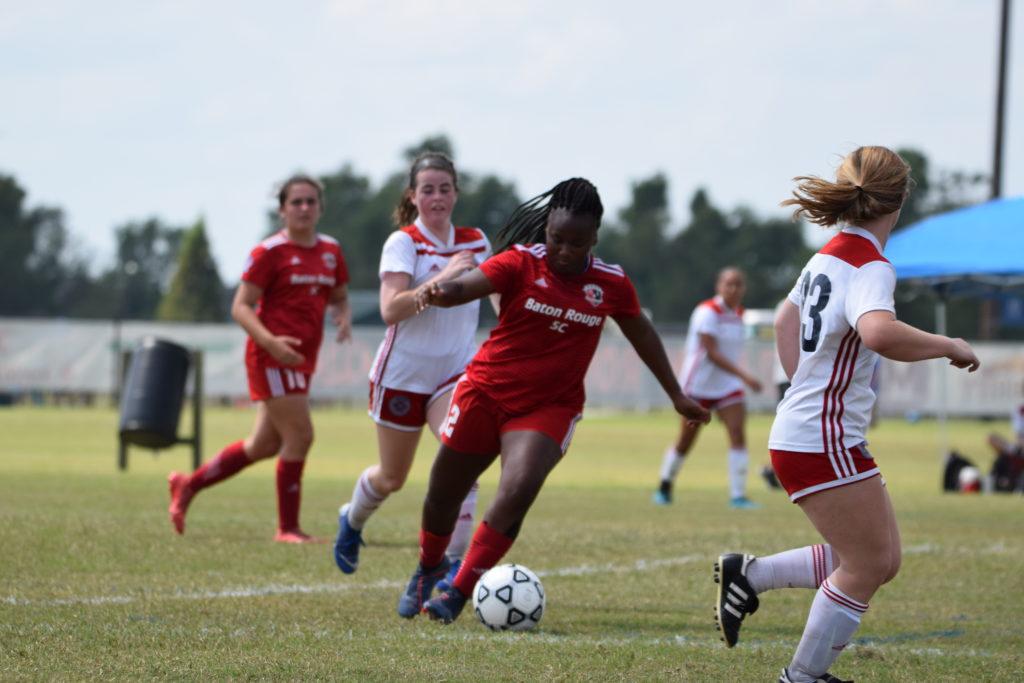College Prep
College Recruiting – Email Do’s and Don’ts
As the head coach and strength and conditioning coach at MCLA in Massachusetts, Deb Raber took the time to share some tips with BRSC regarding emails that she receives from potential student-athletes.
When receiving emails at the rate that she does, there are some key points she looks for from athletes interested in playing for her program.
- When an athlete wants Coach Raber to come to see them play, having the name of the team, they are on, and their tournament schedule for the matches is essential. As well as the uniform number, colors worn, and position that the athlete will be playing are crucial pieces of information.
- If you are sending a letter, Coach Raber wants you to know who you are and get to the point of what your message regards. Long and lengthy is not the way to go.
- When you send a letter or an email, show that you have done research about the school and the program and individualize the correspondence. Form letters and vague references are not the way to impress coaches.
- Be sure that as a player and a parent, you show knowledge of the rules of contact with the coach. For example, you can’t expect a response when coaches are not able to reply due to NCAA/NAIA guidelines.
- Talk about the school, not just the soccer program. Show that you are looking at the school, and overall experience is as valuable as your interest in soccer.
The discussion with Coach Raber reminded me of many of the same concepts of going through emails that I went through when recruiting at the collegiate level. As coaches, we want to build a program that is not only successful on the field but also is involved in the community and gives the athletes the best overall experience possible.
Young people go to college to become prepared for life in the professional field that they want to be in when they have moved into the working world. How programs are built, and the quality results they give to our young people in both the athletic and professional development sense is essential and shows the quality of the program. When our young athletes are looking at coming to a particular program, their interest in these aspects will show in their correspondence and approach to coming there initially. These are the character pieces that many coaches are looking for in players.
Official Visits, what do we need to know as parents?
In this month’s newsletter, we are going to take a look at the official visit and what parents need to know. An athlete is allowed to take five of these visits at Division I and II levels, unlimited at the Division III and NAIA. These visits take place at schools that are on your final list of schools you want to attend. There are usually a lot of questions surrounding this particular event. I am going to give the link to the NCAA.org description of what official visits are at the end of this article. I would suggest reading it over, so you get a better sense of what will be going on at these visits and why they are important.
If a school is bringing your son or daughter onto campus for a visit, the coach is interested in having your child participate in the program. The tour is usually is one of the final phases that a school will use to convince the player to come to their school and join with their team. As a parent looking at these schools involves a great deal
of research on the financial and educational outcome for your son or daughter. It is essential to know what you are getting for your money spent. The critical piece, however, is to be sure that your son or daughter enjoys the school itself both socially and academically. The program is going to put its best foot forward. Like any situation, it’s important to see what some of the deficiencies are in the program. It is imperative to allow the student-athlete to ask the questions and take control of the conversations during these visits. Remember, this is a choice that they are going to most likely make for the next four years of their life and is their step into society. It’s easy to want to
be protective in these cases. However, you will have the ability as a family to discuss the visit afterward. Getting as much perspective as possible is critical. This is especially true since it is your son or daughter who will be living at the institution.
Learn more about this topic here. I hope that this has been helpful for you and look forward to seeing all of you out on the fields.



